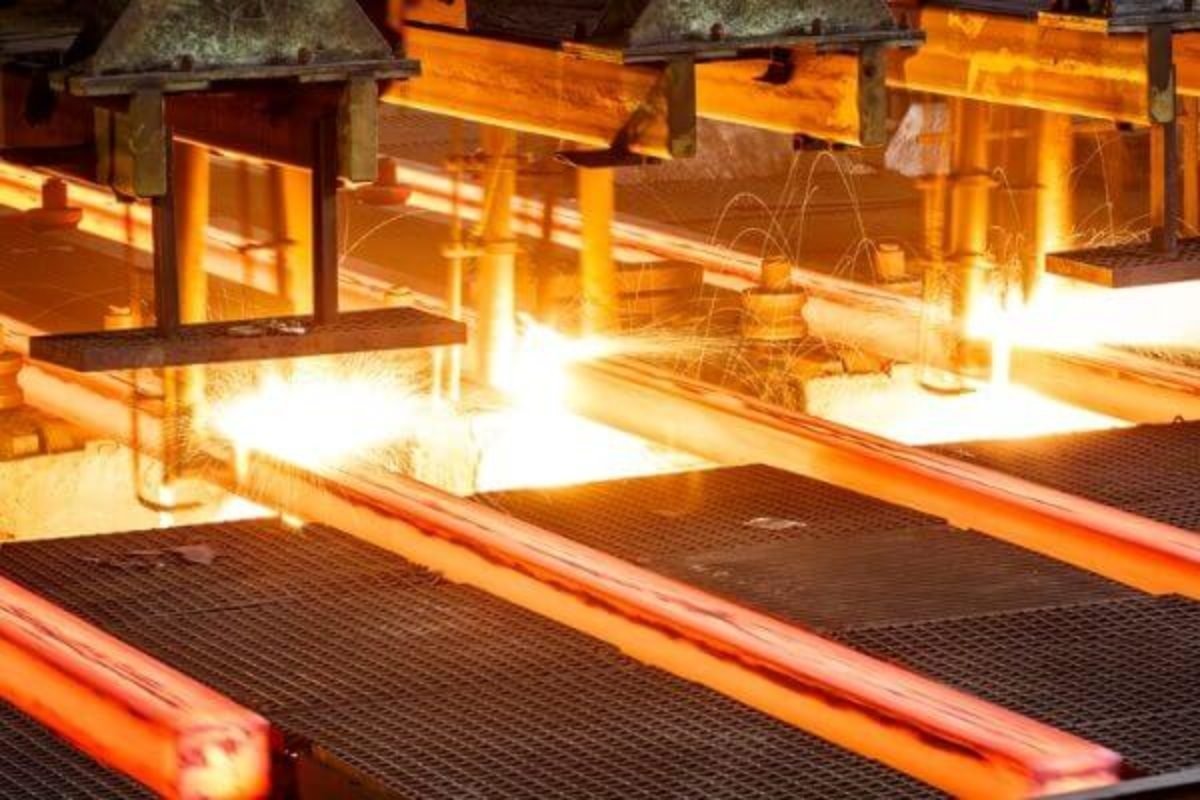The construction industry is notoriously dangerous. Data published by Health and Safety Executive from financial year 2021/22 showed that a quarter of all fatal workplace injuries occurred in the construction industry.
Heavy equipment is a necessity on almost every construction site. Yet it can be a serious risk to workers safety. In this guide, we’ll explain the dangers of working with heavy equipment and share four rules for operating them safely.
What are the dangers of working with heavy equipment?
Heavy equipment involves the operation of powerful pieces of machinery, such as cranes, excavators and forklifts. This poses several serious dangers, including:
- Moving parts – rotating blades, tracks and arms can cause serious cutting and crushing injuries.
- Falling objects – when poorly secured, the loads that some heavy equipment lift can fall and cause striking injuries.
- Electrocution – heavy equipment can create electrocution risks, especially when used near power lines, underground cables or electrical installations.
- Noise and vibration – prolonged exposure to high levels of noise and vibration can lead to hearing loss, musculoskeletal disorders.
- Fire and explosion – heavy equipment that uses flammable fuels or lubricants represent considerable fire and explosion risks.
By better understanding these risks, you can take proactive measures to minimise the safety hazards involved.
Four heavy equipment safety rules
- Always use equipment as intended
Every piece of equipment, heavy or auxiliary, was designed to perform a specific task. You’re asking for a safety hazard if you try to use equipment for a purpose other than the one it was intended for or that exceeds its limitations. For example, you should never try to use an excavator like a crane or exceed the maximum weight capacity when using lifting slings like these from RS.
- Inspect equipment before use
You should never use heavy equipment unless it’s in proper operating condition. Not only can operating damaged machinery cause further disrepair, it is also a major safety issue.
Thoroughly inspect each part of any piece of equipment before you begin operating it, including tires or tracks, fluid levels, and other components. And when you start up the equipment, ensure that the lights, gauges and alarms are working correctly.
- Be aware of your surroundings
Whenever you’re working with heavy equipment, you need to be conscious of other people and objects in the vicinity. You also need to account for the environment itself. Power lines should be deenergised, underground utilities marked out and necessary barriers erected to avoid any accidental damage from taking place.
- Undergo adequate training
Inadequate training is one of the leading contributors to accidents involving heavy equipment. This means that undertaking comprehensive training for heavy equipment operators is a vital way to ensure correct usage and prevent injuries.
Operating heavy equipment is extremely dangerous but it’s also a necessity. But by studying and following the right safety procedures, you can ensure you stay productive and accident-free on the construction site.









